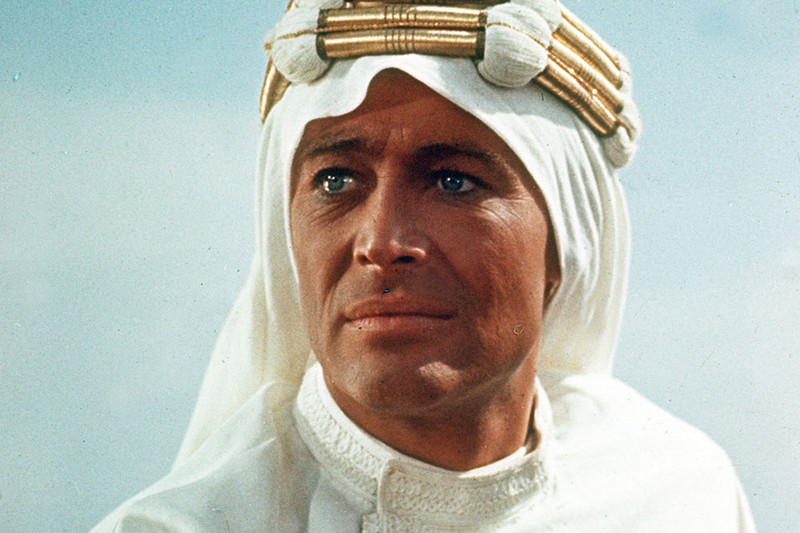
We have reached the ‘60s Best Picture winners, and this is where the experiment really gets interesting. The Hollywood Code has lost its control, filmmakers are bursting at the seams to change how every fundamental element of cinema works (editing, sound recording, acting, photography, etc.), and films were being used as podiums for political and social commentaries.
The riskiest eras for Best Picture winners begins in the latter part of this decade (and would continue until the ‘70s). You will see films that are deeply embedded in the heart of classic cinema, and pictures that want to separate from the blueprints of Hollywood; you will even see films that do a little bit of both.
This is the last decade where musicals had some sort of power, as it became rare for that style to be nominated (let alone win) for Best Picture. On that note, this decade is a bit of a gold mine of powerful winners (that is only bested by the ‘70s winners). Here are the Best Picture winners of the ‘60s ranked in order from worst to best.
10. Tom Jones (1963)
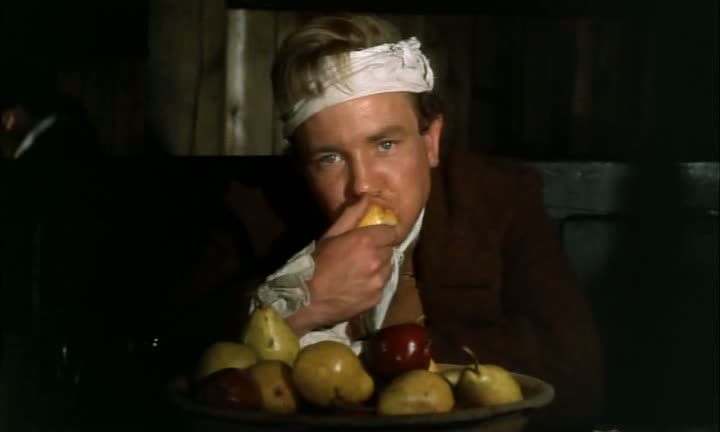
This film has nothing to do with the delightful Welsh singer, but rather a different kind of playboy of whom may not resonate nearly as strongly. A young Albert Finney plays the good looking sex god who attracts women left right and centre throughout this bizarre period piece.
Like Gigi, Tom Jones is plagued with ideas that may have been innovative for their time yet feel awkward and silly now. These kinds of entries are peculiar, because we have incredibly creative films from around the same time that are still edgy (even something like West Side Story worked better).
What are some of these weird direction choices? The fourth wall is constantly broken, yet not in any particularly witty way (you get a wink from a character here and there). Parts are quickly sped up as if the movie suddenly turned into an Adam West Batman sketch. The strange humour and the hop from woman to woman that Tom Jones does does not mix.
There is an occasional moment that actually feels particularly strong (the running of the dogs is endearing), so not every decision is a bad one. Still, this Tom Jones is usually not the Tom Jones people are referring to when the name is brought up.
9. Oliver! (1968)
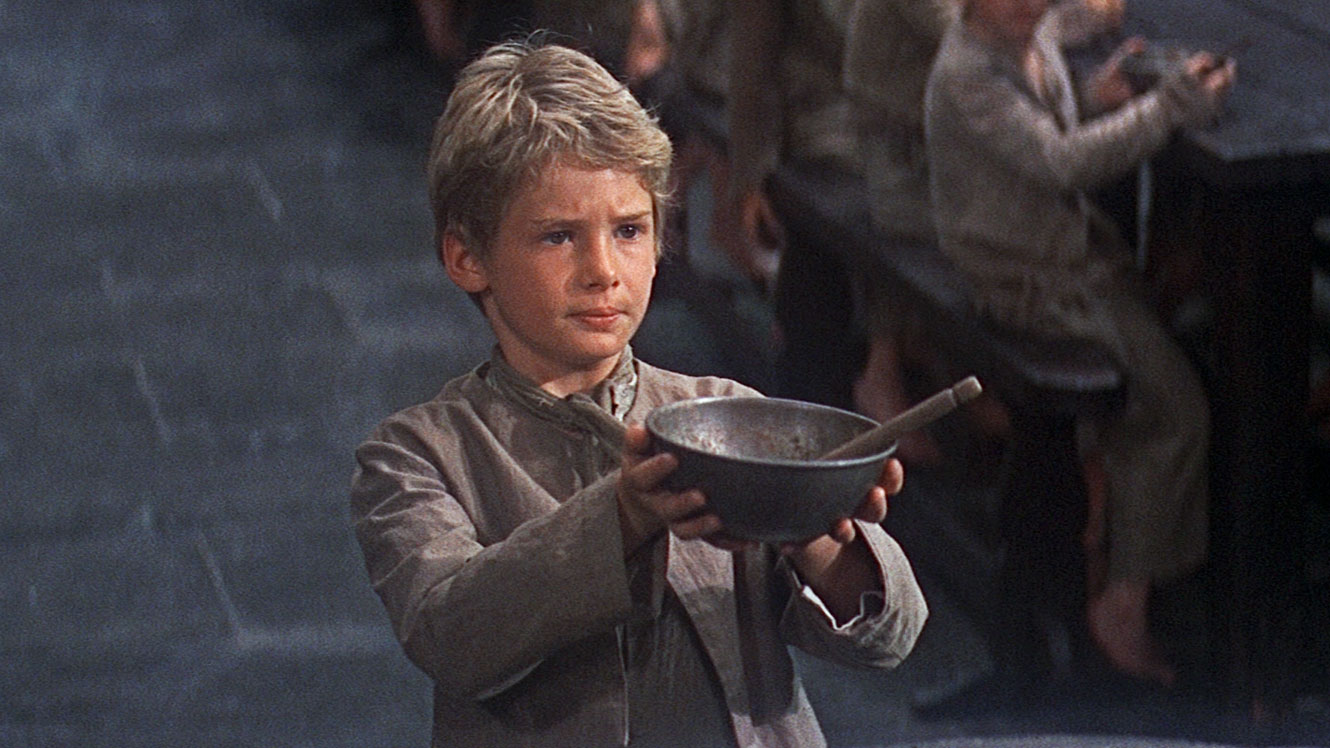
Come on, now. How can the great tale of Oliver Twist be planted so low on a list like this? Carol Reed is a celebrated director, too! Well, Oliver! is as obnoxious as the unnecessarily punctuated title. The acting of (most of) the actors is on point, with a magnetic turn by Ron Moody as Fagin.
The music, of course, is iconic and memorable even to this day. The sets are detailed, and the costumes are top notch. What goes wrong is that there is simply far too much of everything in this movie, and that stems from the musical numbers that simply just will never ever end. Every moment is too long, and you cannot help but feel exhausted after each and every step this film takes.
There is one part that is not long winded, however, and it is virtually the one part that needed length and dedication the most: the ending. After a complex story of Oliver’s search for acceptance and a real place to stay, where he gets tossed around from rightful owner to wrongful owner, you will endear the lengthy numbers just to see if he will be okay. You will put up with anything just to see this misunderstood orphan find happiness.
The ending lasts seconds (yes, seconds), and feels as underdeveloped as it could possibly feel. You will experience a robbery as swift as though it were committed by the Artful Dodger himself. A non-existent pay off after two and a half hours of over-theatrics? No thank you; it doesn’t matter who it’s about, either.
8. The Sound of Music (1965)
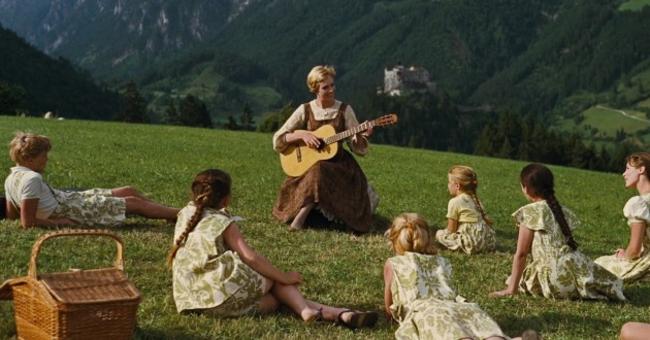
The best musicals integrate their numbers into the existence of their worlds cleverly. Singin’ in the Rain evaluates the transition into sound film, and then you had the Best Picture winner West Side Story (a film by Robert Wise), of which examined the communications between gangs, cultures and classes.
The Sound of Music, another Wise release, is not that kind of film. Sure, it is innocent and without any moments of pure damage, but The Sound of Music is, perhaps, too tidy. Even its moments of severity are without any sort of threat. The singing just so happens because the characters love to sing, and that’s about it. Things happen, they get quickly resolved, and songs solve everything.
You cannot fault this film’s soundtrack, of which has surpassed the test of time, and the charisma of each of its performers will distract you from the safeness of its script. There are a few clever scenes, such as the reiteration of silence when the von Trapp family are hiding from the Nazis in the cemetery. Otherwise, The Sound of Music lives on because of its music. The sterile plot and overload of cuteness lack any real sense of danger, and in a lengthy film, some sort of uncertainty helps to keep the story moving.
7. In the Heat of the Night (1967)
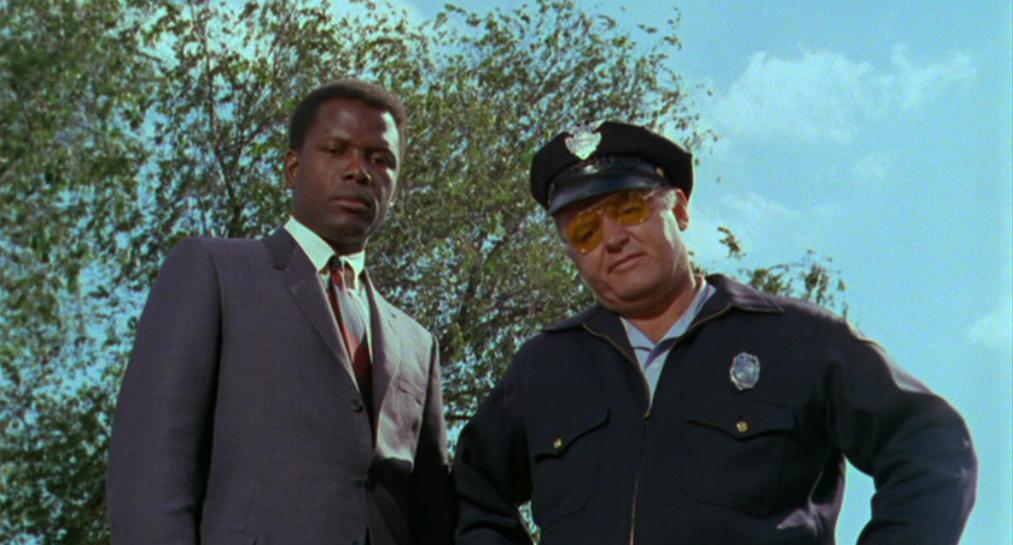
Whenever a conversation on groundbreaking directors is sparked, Norman Jewison deserves to be a part of that discussion. A prime example of his work— of which blends Hollywood with more artistic cinema— is In the Heat of the Night: a cop thriller that mixes racism with the hunt for a suspected murderer. Sidney Poitier and Rod Steiger play a contrasting detective and cop, respectively.
Poitier’s classic Virgil Tibbs character has to deal with the racial hatred in Sparta, Mississippi, while trying to uncover the prime suspect of the main crime; all eyes are on him, and his eyes are all over the town.
Jewison, as always, took some risks with this project. Quincy Jones’ music is upbeat and booming, in comparison to the dreary subject matter. The close ups of the film’s subjects render it as closely examined as the case is.
The film also creeps like a thief in the shadows, as you are left feeling suspicious of every twist and turn. It even pulls off a crazy twist ending that begs for a repeat viewing just so you can finally see the ending coming the next time. In the Heat of the Night was the start of some of the more experimental Oscar winners from the late ‘60s until the early ‘70s, and what a lead in this film is.
6. A Man for All Seasons (1966)
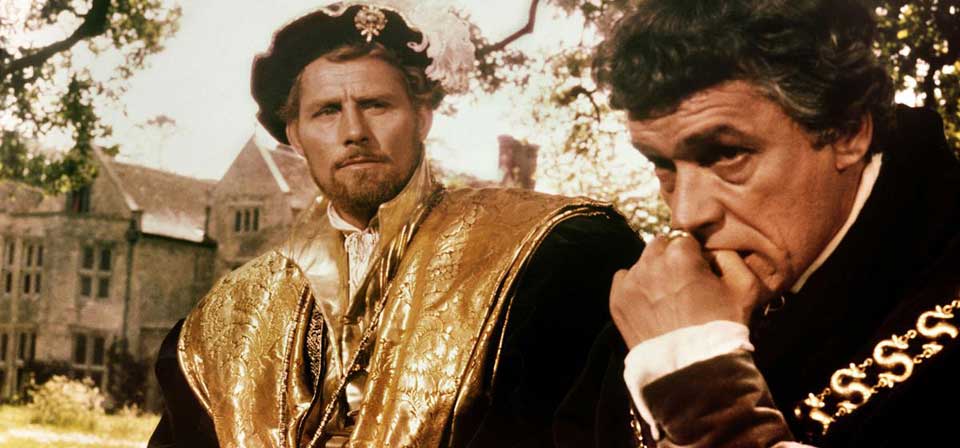
Fred Zinnemann’s second Best Picture winner is a drastic departure from From Here to Eternity, as it is an anchored story surrounding the last days of Sir Thomas More’s life. More was later anointed a saint after his death for his decencies and self sacrifice.
The role of More was played triumphantly by another member of any sort of royalty: Paul Schofield, who is one of the greatest British and Shakespearean actors of contemporary times. He guides those around him with wisdom and acts as a teacher in the initial moments of the film.
As the film progresses, More goes from high to low, as he “betrays” King Henry VIII and has the majority of society turn away from him. Seasons then becomes a legal drama that envelops within a period piece film, and it happens so naturally that you will feel incapable of stopping what is coming towards you.
The movie gallops through its phases, and by the time you are able to think of an exit route, it is too late. Seasons is deceptively cunning, and yet another win for Zinnemann.